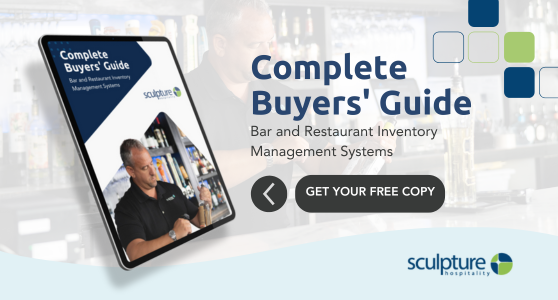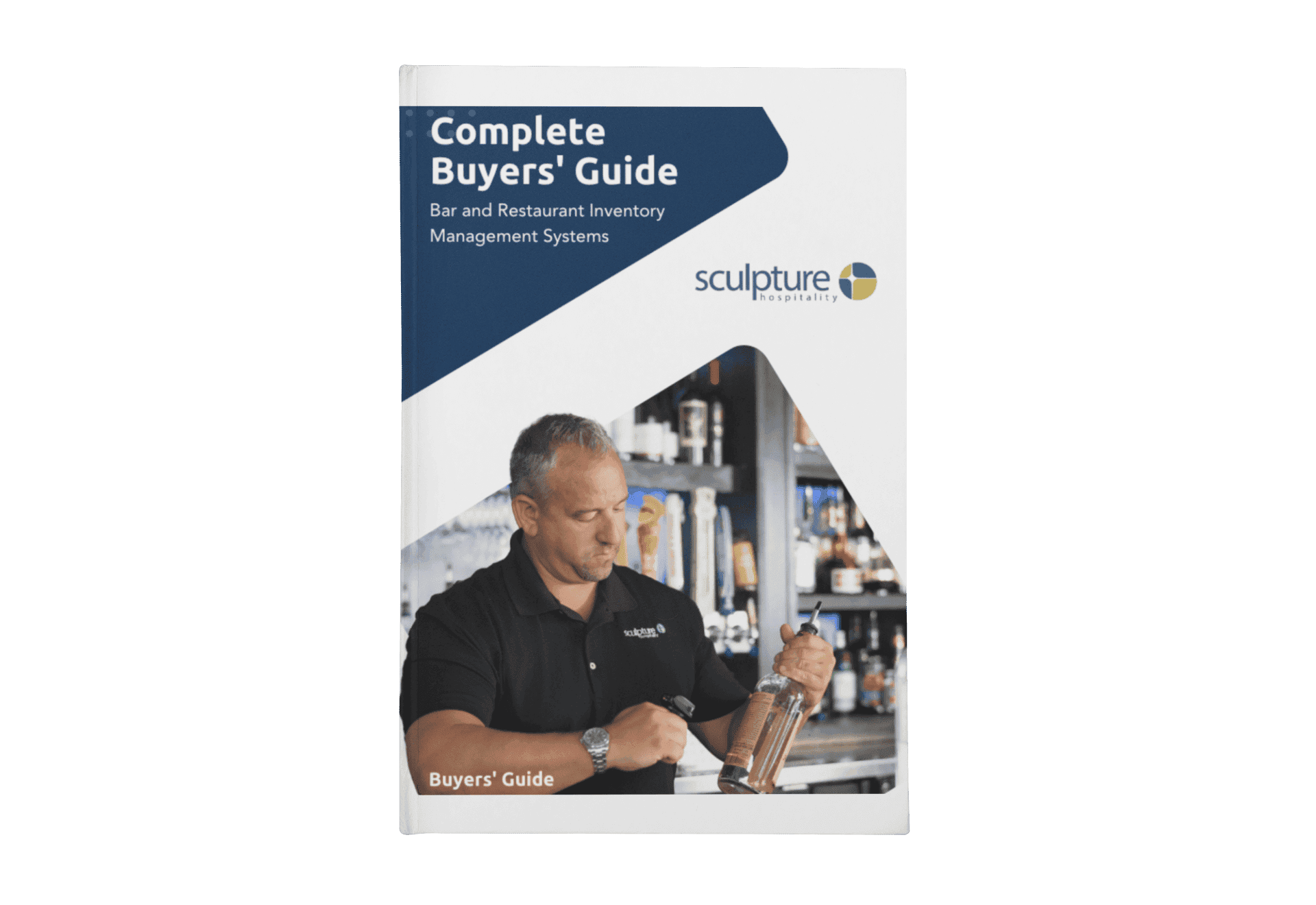As a business owner or manager, one of your top priorities is ensuring that your inventory is properly managed. Without accurate and up-to-date inventory records, it's impossible to make informed decisions about purchasing, pricing, and sales.
One tool that can help you manage your inventory effectively is a PAR inventory sheet. Let’s take a look at what this is and how to use it.
What is a PAR Inventory Sheet?
PAR stands for Periodic Automatic Replenishment, which gives you a good idea of what this type of inventory sheet is all about. Essentially, a PAR inventory sheet is a document that sets a minimum and maximum level for each item in your inventory.
When the item reaches the minimum level, you’ll know it’s time to bring it back to the maximum level. This ensures that you always have enough inventory on hand to meet demand, without overstocking and tying up cash in excess inventory.
PAR inventory sheets can be used for any type of inventory, including food and beverage items. When it comes to creating them, you can use a spreadsheet program like Excel, or you can use specialized inventory management software which will automate the process and generate the calculations for you.
How to Use a PAR Inventory Sheet
Now that you know what a PAR inventory sheet is, let's look at how to use it effectively.
- Determine Your PAR Levels
The first step is to determine your minimum and maximum levels for each item in your inventory. When setting these levels, there are a few different factors to consider.
- Lead Time: How long does it take for the item to be restocked once you place an order? You'll need to set your minimum level high enough to allow for this lead time, so you don't run out of stock before the new shipment arrives.
- Demand: How quickly do you go through the item? You'll need to set your maximum level based on your average sales or usage over a given period of time, so you don't overstock and tie up cash in excess inventory. Inventory management software can be incredibly useful for determining demand.
- Safety Stock: You want to be sure that you have safety stock in case there’s a sudden increase in demand or delivery takes longer than usual.
- Storage Space: How much physical space do you have to store the item? You'll need to set your maximum level based on how much space you have available to store the item.
- Bulk Order Savings: For products that do not perish quickly, like alcohol, you may want to consider how much you need to order to receive a bulk discount.
- Enter Your Starting Inventory Levels
Once you've determined your PAR levels, the next step is to enter your starting inventory levels into your PAR inventory sheet. This will give you a baseline to work from and help you identify which items need to be restocked soon.
In your spreadsheet or inventory management software, create a row for each item in your inventory and enter the following information:
- Item name
- Starting inventory level
- Minimum level
- Maximum level
- Track Inventory Usage
As you use items from your inventory, make sure to track the usage in your PAR inventory sheet. This will help you keep a close eye on your inventory levels and know when to restock each item.
Depending on your business, you might track inventory usage in a few different ways. For example, you might:
- Count Items Manually: If you have a small inventory, you might physically count each item on a regular basis (such as daily or weekly) and update your PAR inventory sheet accordingly
- Use a Barcode Scanner: If you have a large inventory or a high volume of sales, you might use a barcode scanner to maintain inventory. This data can then automatically update your PAR inventory sheet in your inventory management software.
- Point-Of-Sale Software: Point-of-sale (POS) systems can be integrated with inventory management software to automatically track inventory usage and update your PAR inventory sheet in real-time.
Regardless of how you track inventory usage, it's important to keep this information up-to-date in your PAR inventory sheet so you can make informed decisions about restocking.
- Set Up Automatic Recording
One of the key benefits of a PAR inventory sheet is that it lets you know when it is time to reorder. If you’re using inventory management software, you may even be able to set up alerts and notifications to help ensure that you never run out of stock and can continue to meet demand.
Once you see the alert, you can contact your suppliers by phone, email, or online ordering system to replace your bar and restaurant supplies. You may even be able to set up a standing order or subscription with the supplier, so they automatically send you a new shipment when you reach your minimum level.
Regardless of how you place orders, it's important to make sure you have a reliable and timely system in place to restock your inventory when needed.
- Monitor Your Inventory Regularly
Once your PAR inventory sheet is up and running, it's important to monitor your inventory levels regularly to ensure that everything is running smoothly. This might involve:
- Checking your inventory levels against your PAR levels on a regular basis (such as daily, weekly, or monthly)
- Adjusting your PAR levels if you notice patterns in demand or lead time that weren't accounted for in your initial calculations
- Reviewing your inventory data to identify trends and make informed decisions about purchasing, pricing, and sales.
By monitoring your inventory regularly, you can stay on top of any issues that arise and make adjustments as needed to ensure that your inventory is always optimized for your business.
A PAR inventory sheet is a powerful tool for managing inventory and ensuring that you always have the right amount of stock on hand. By setting minimum and maximum levels for each item in your inventory, you can ensure that you always have the product you need for your bar or restaurant to run smoothly.
Interested in learning more about PAR levels and how you can use them to improve your restaurant or bar’s profit margins? Get in touch with the Sculpture Hospitality team of inventory management experts today.












